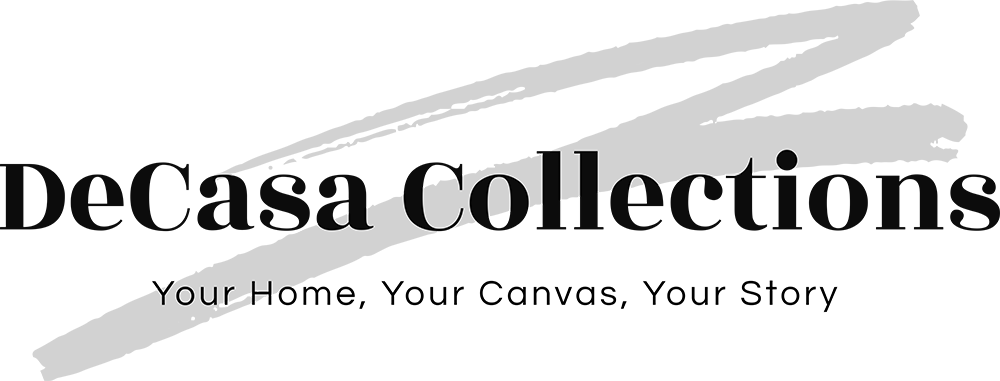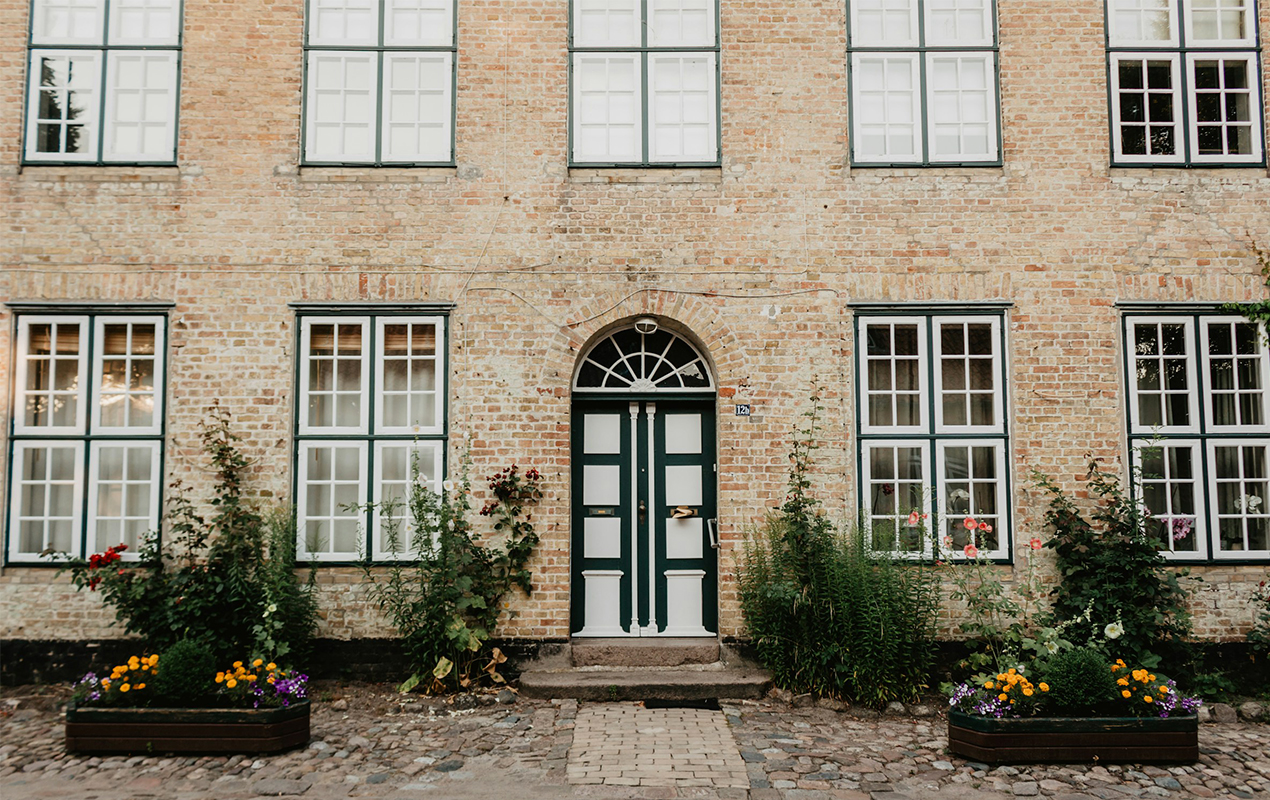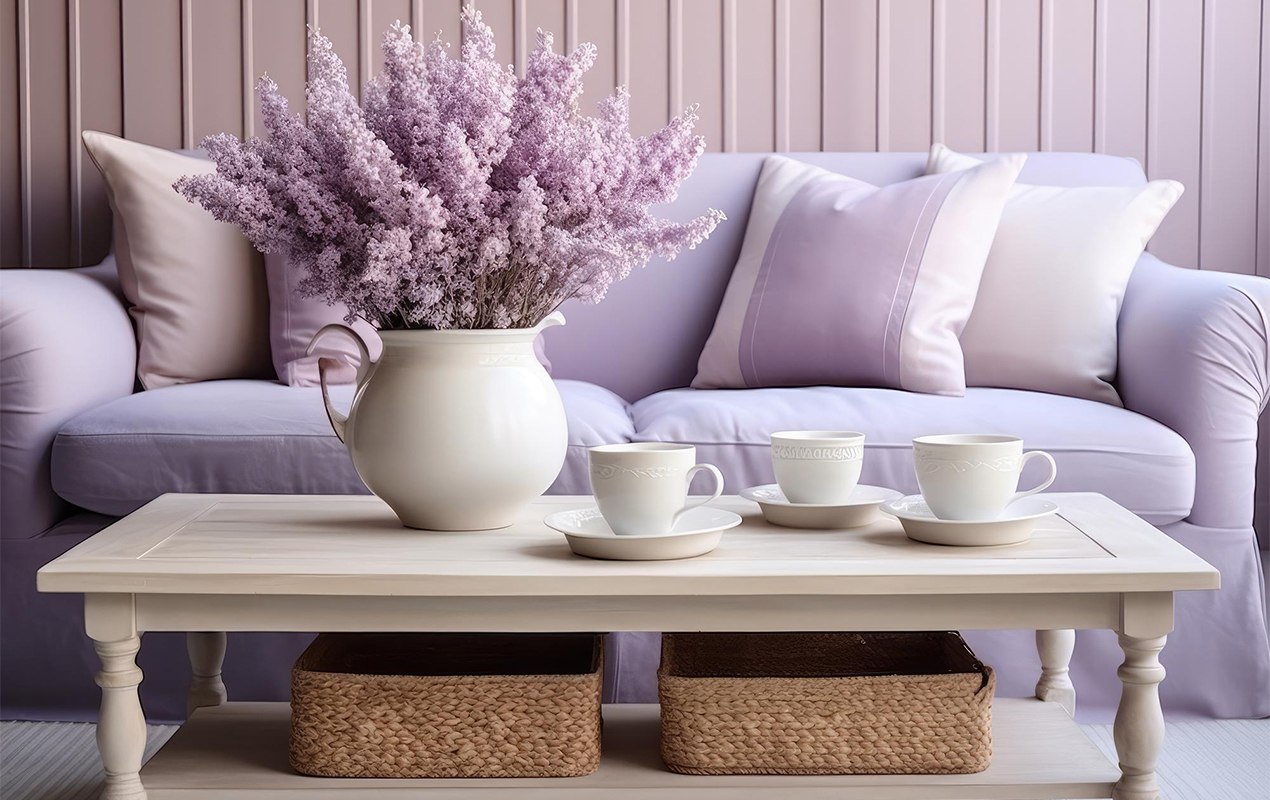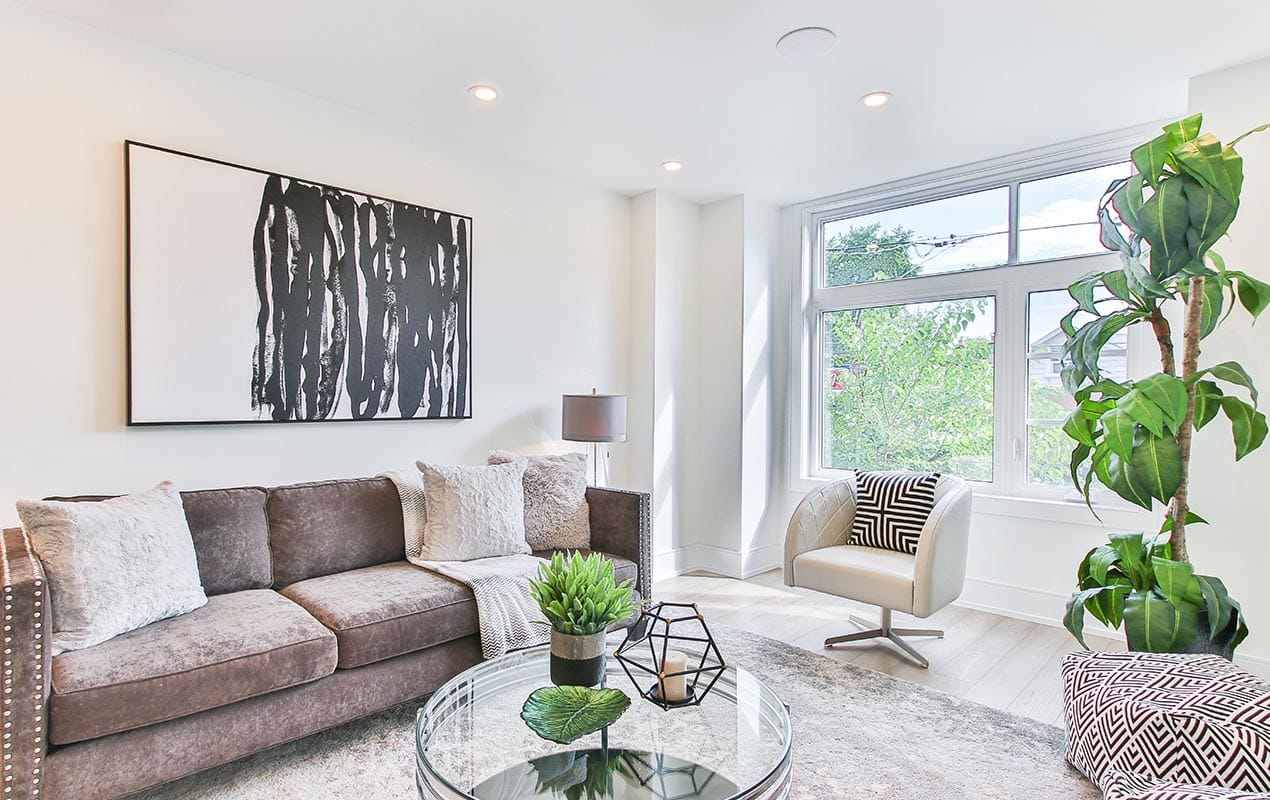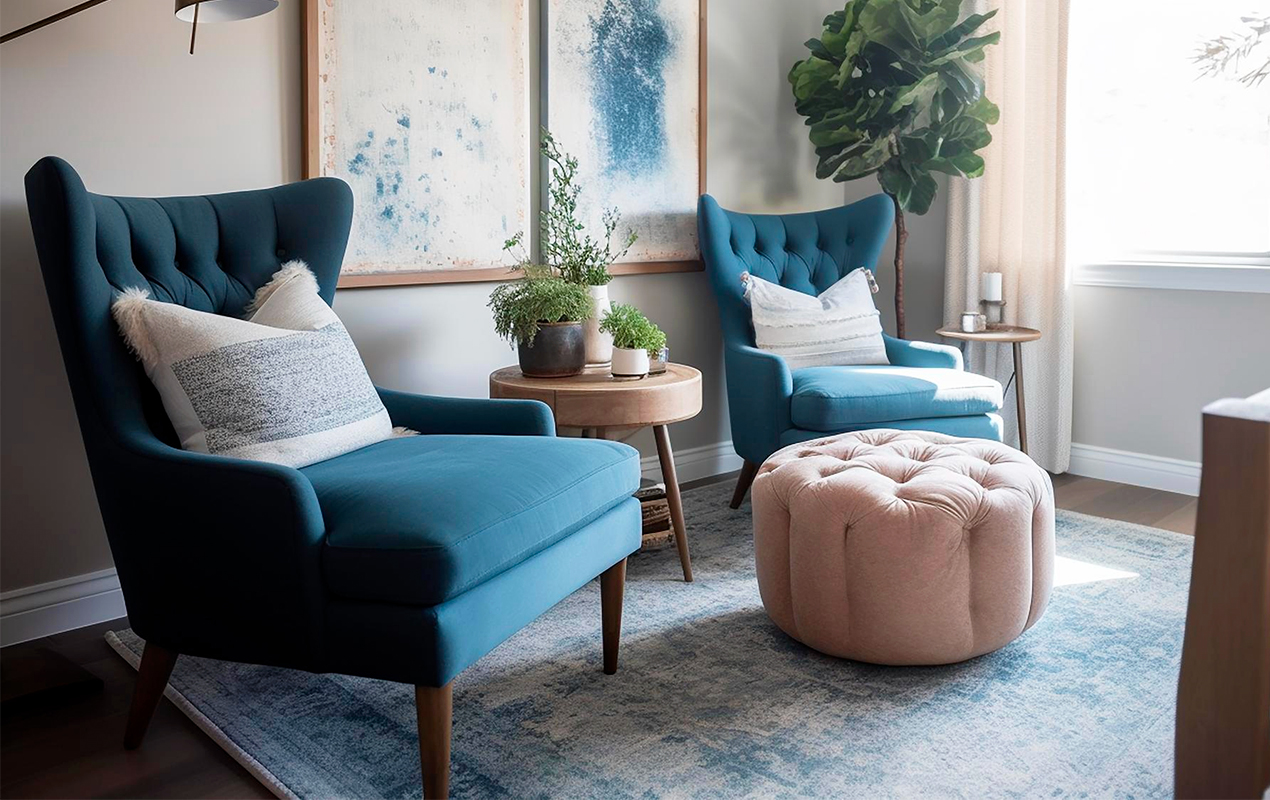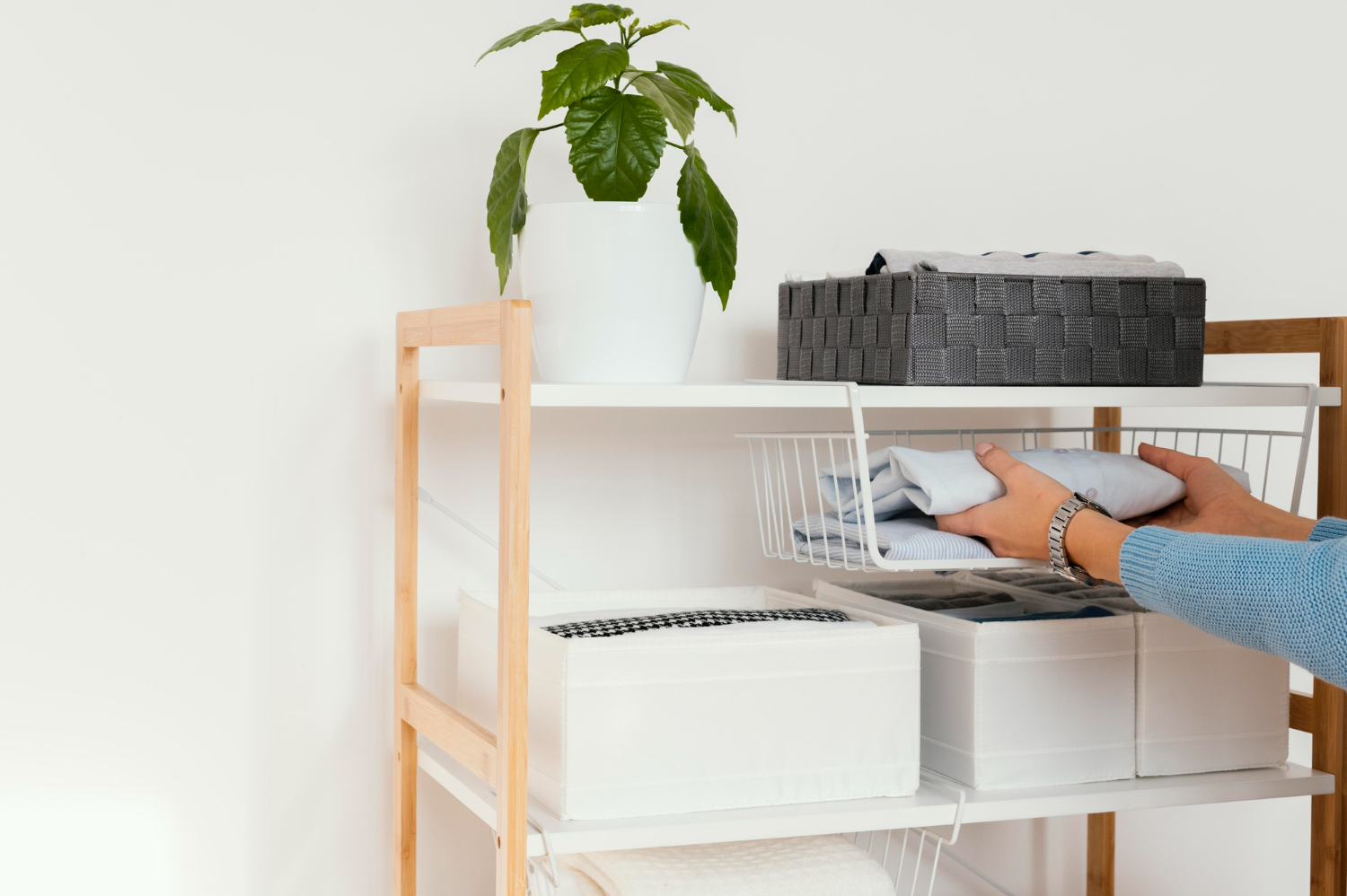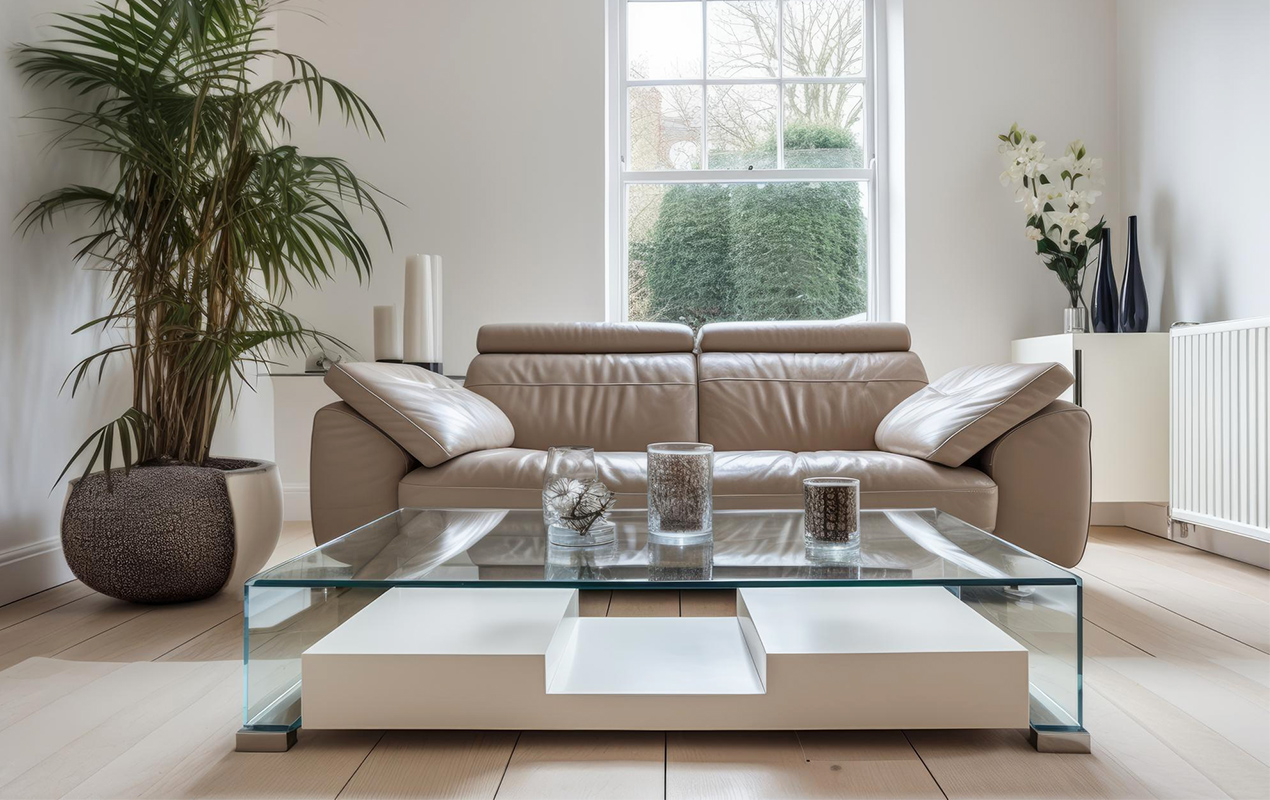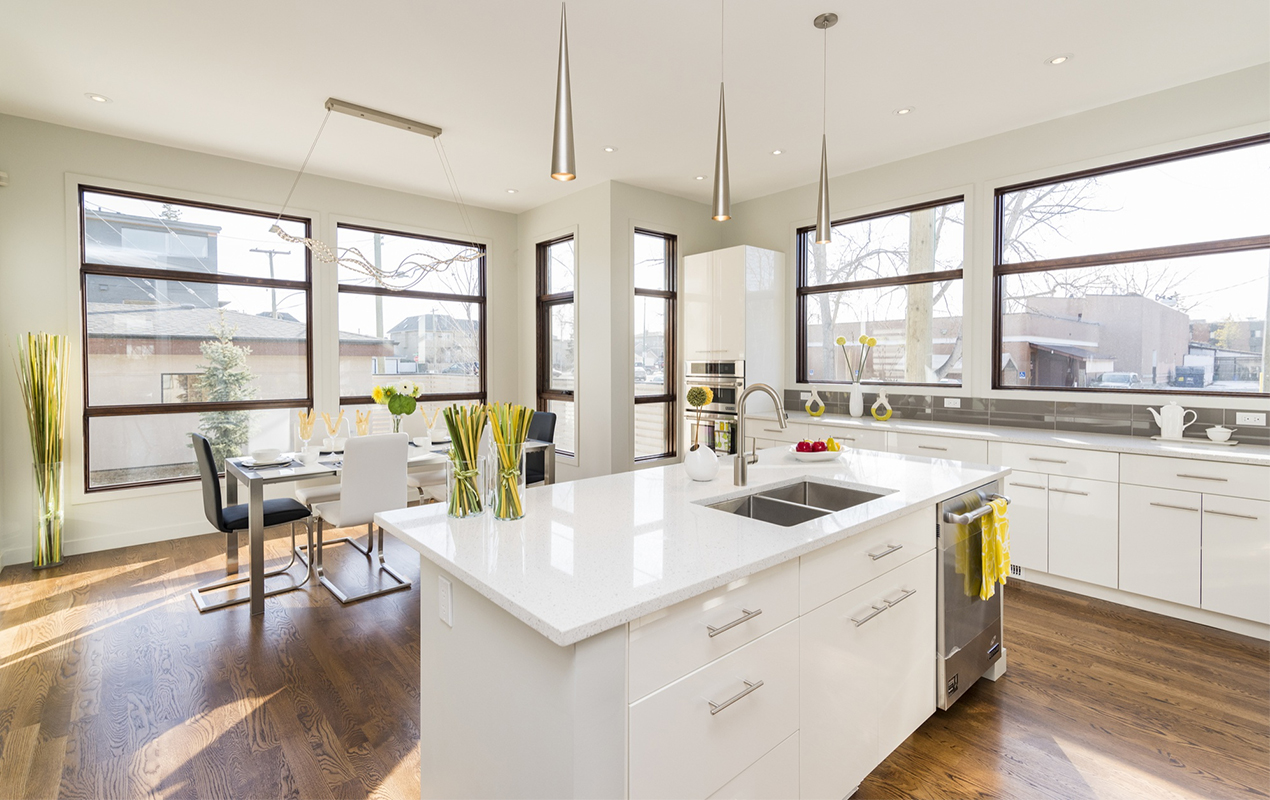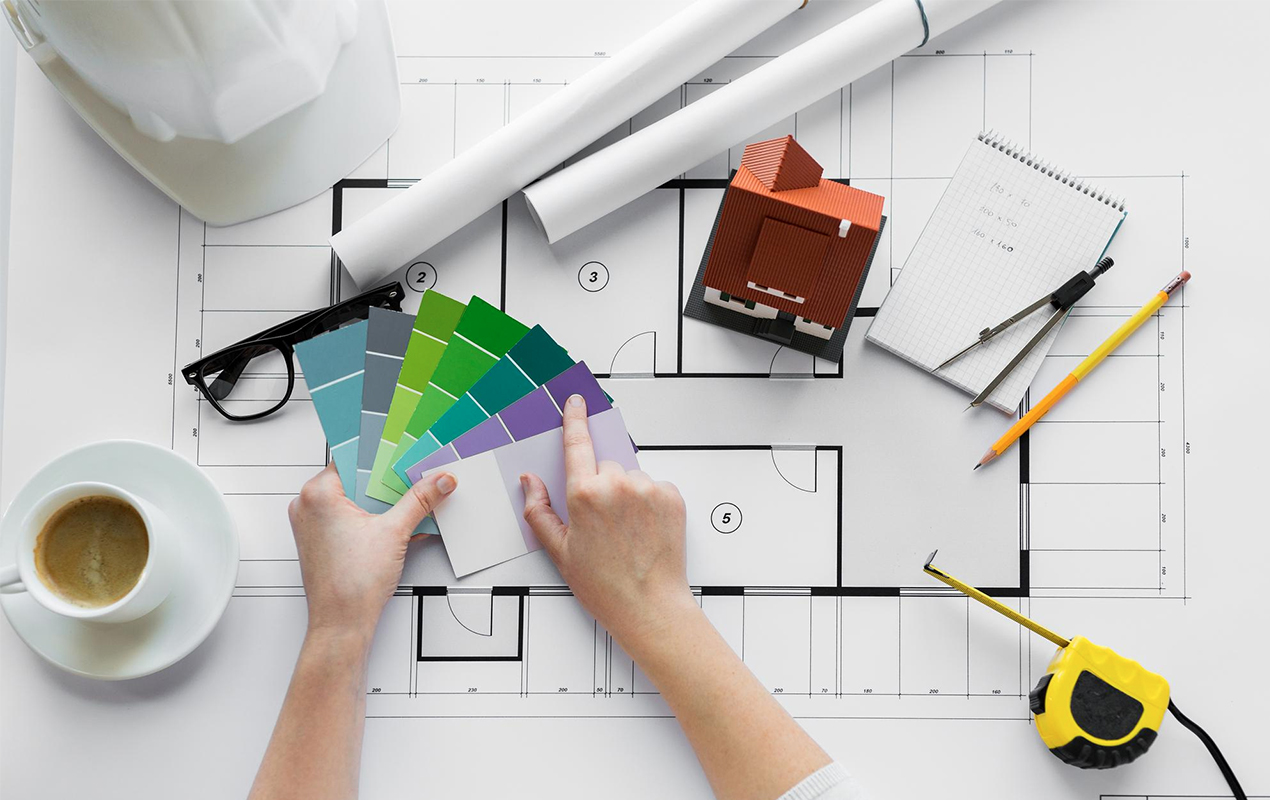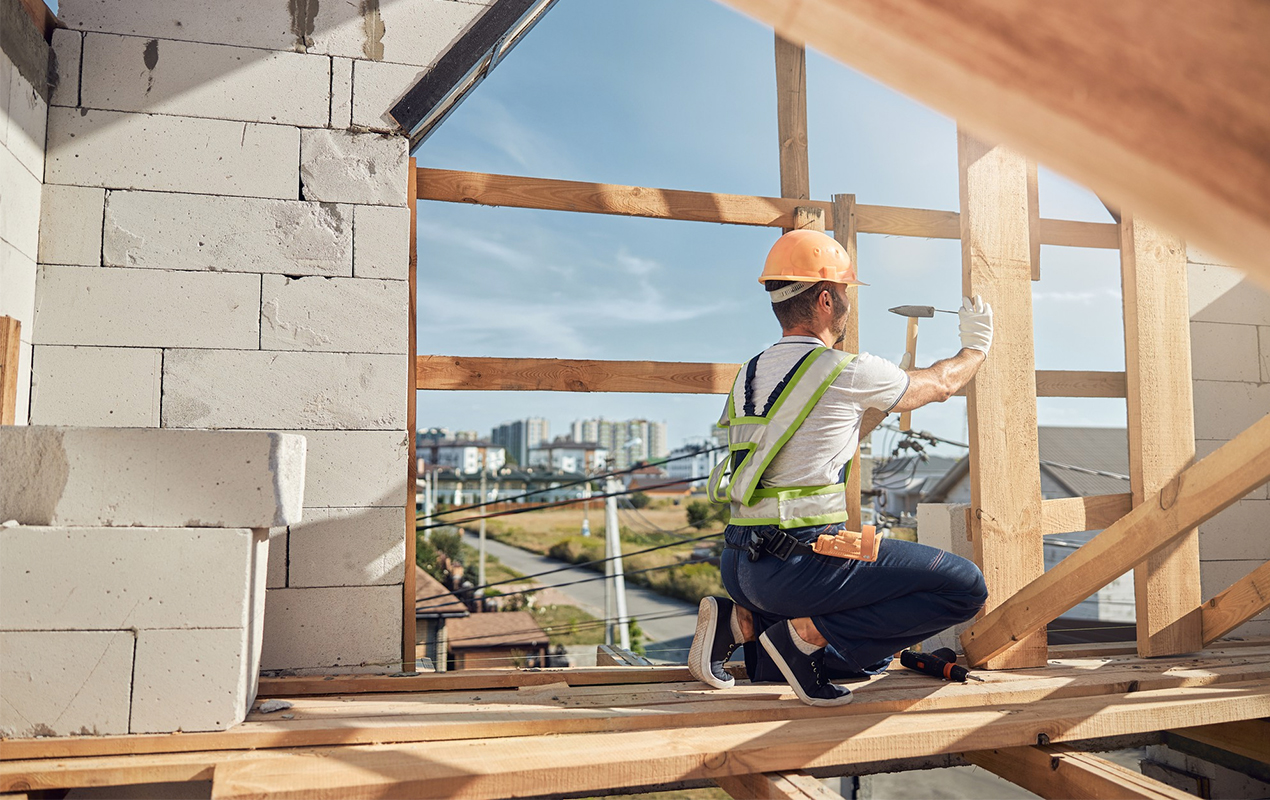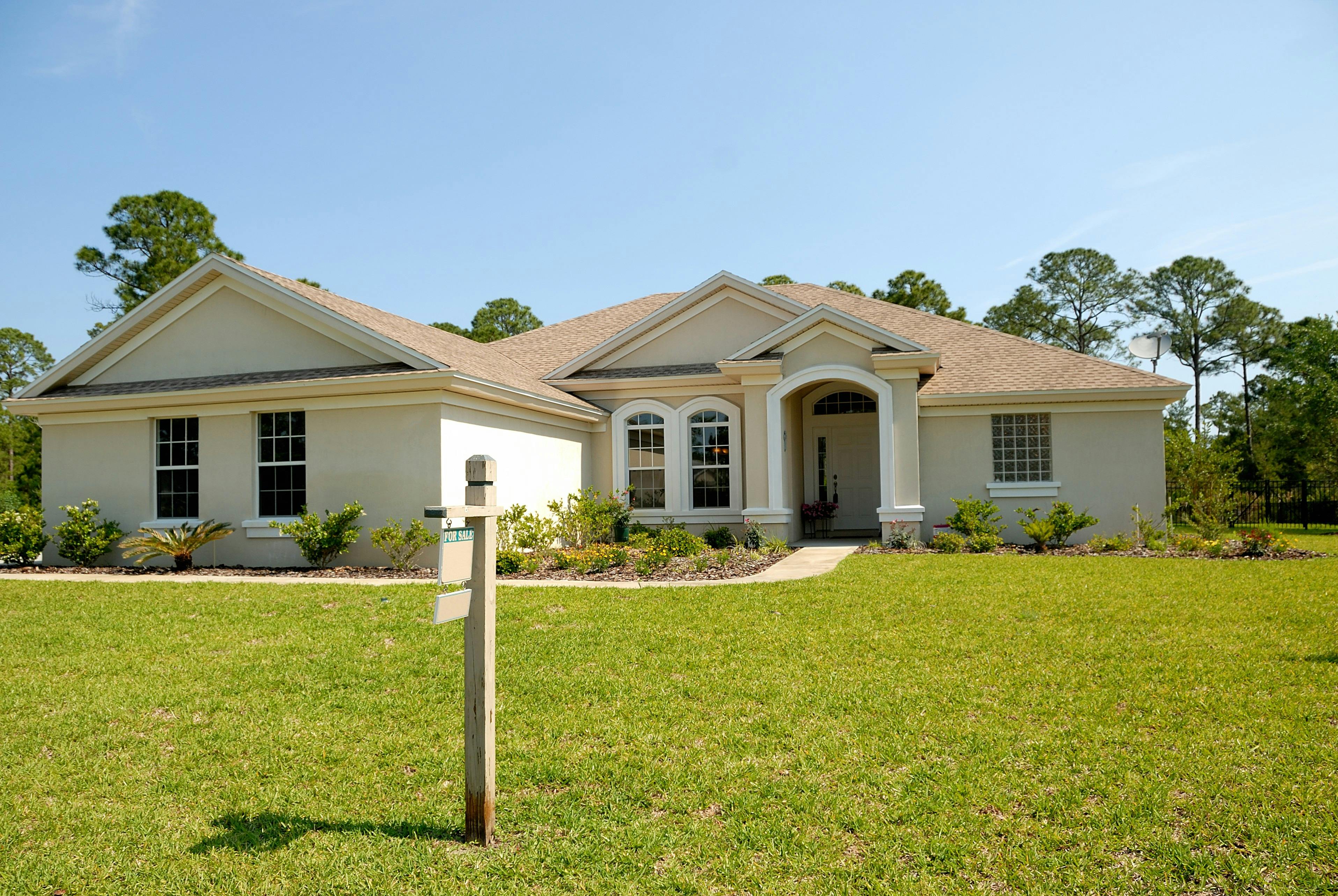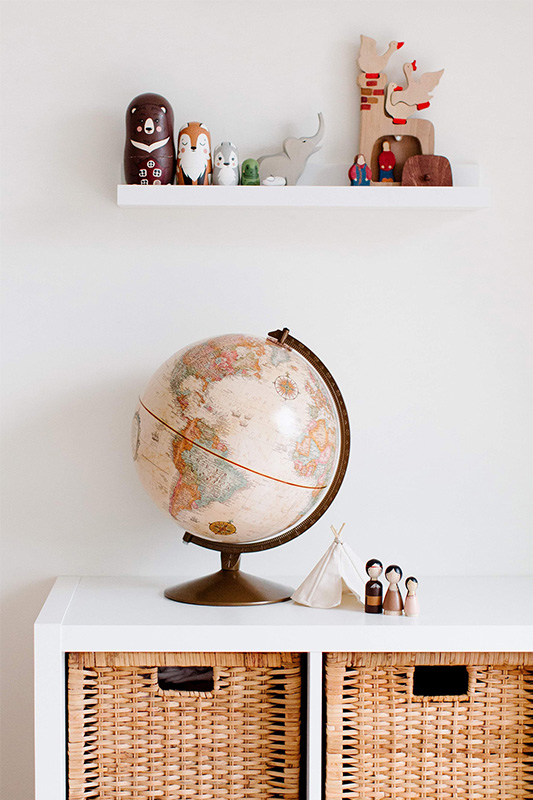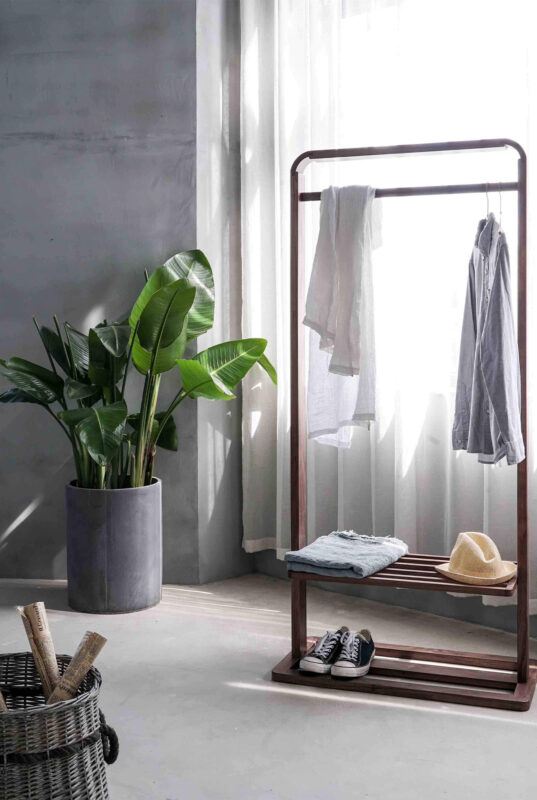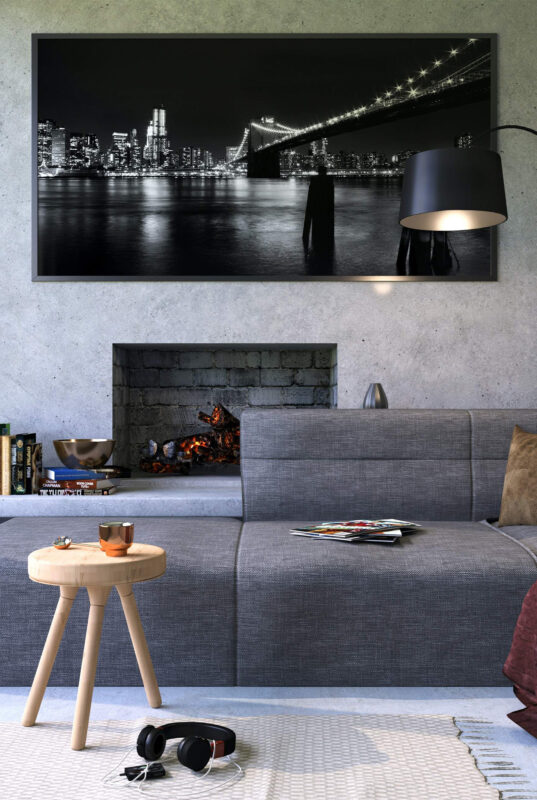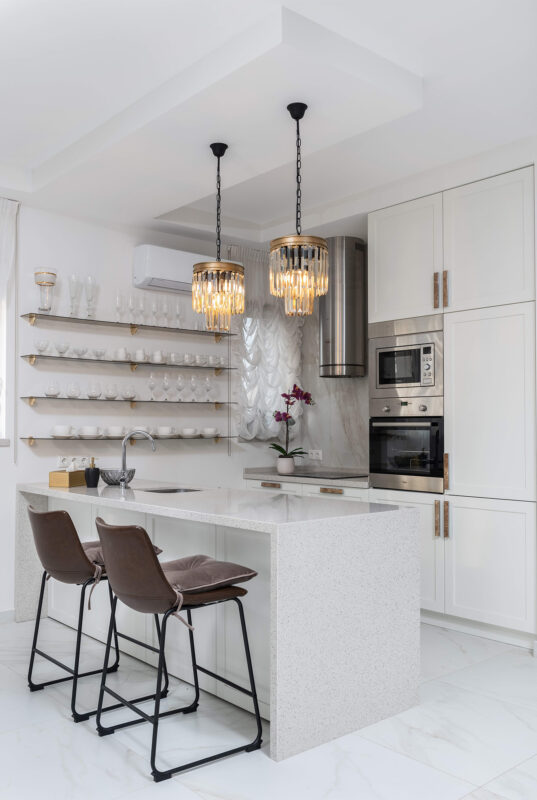Blog
Roof Damage & the Hidden Interior Issues It Can Create in Your Home
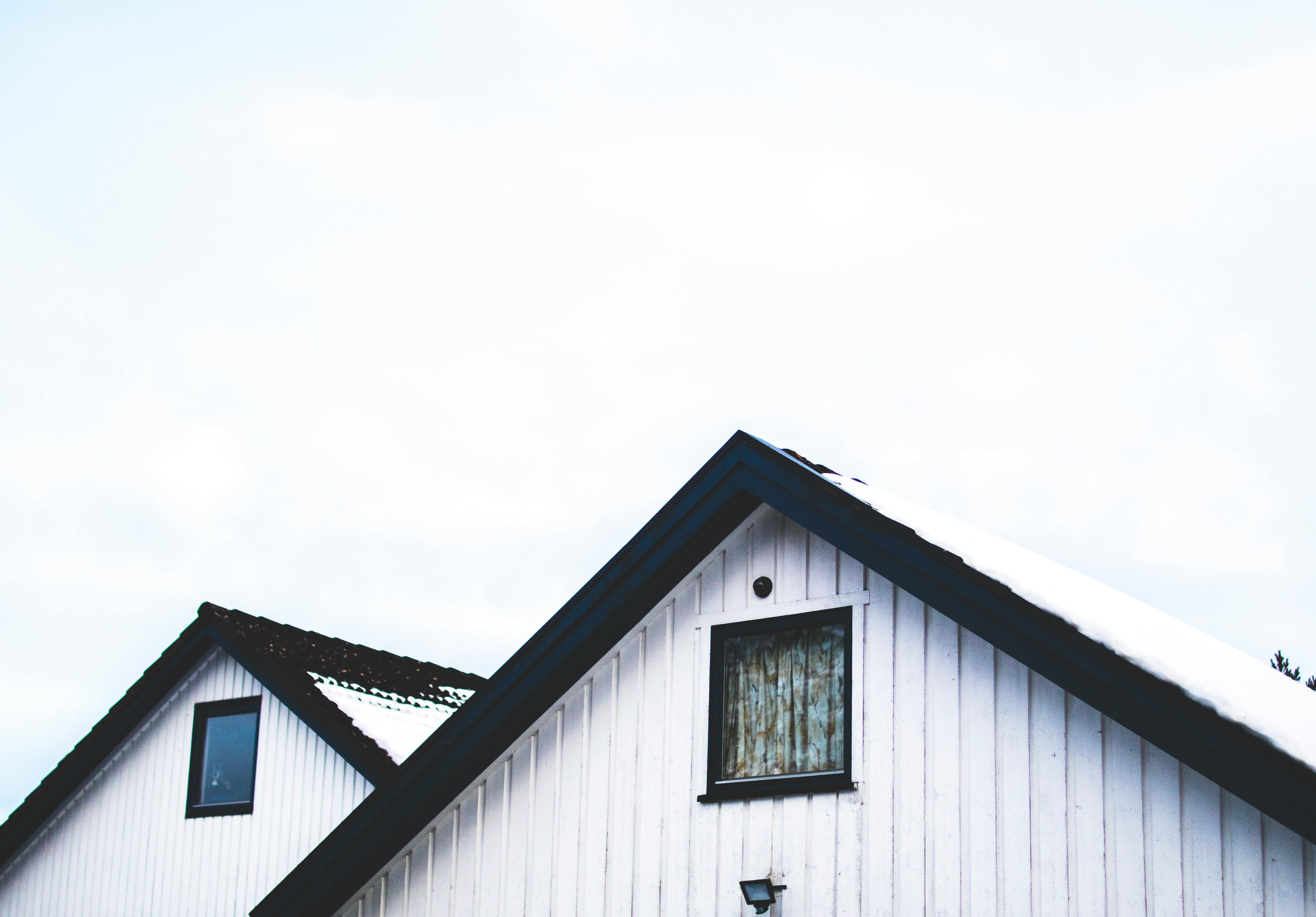
Roof damage can significantly affect your home, often leading to a variety of hidden issues inside. Many homeowners overlook the importance of a well-maintained roof, focusing more on aesthetic factors while neglecting the potential complications that damage can create. This article delves into the various interior problems that can arise from roof damage, highlighting the importance of addressing these issues promptly.
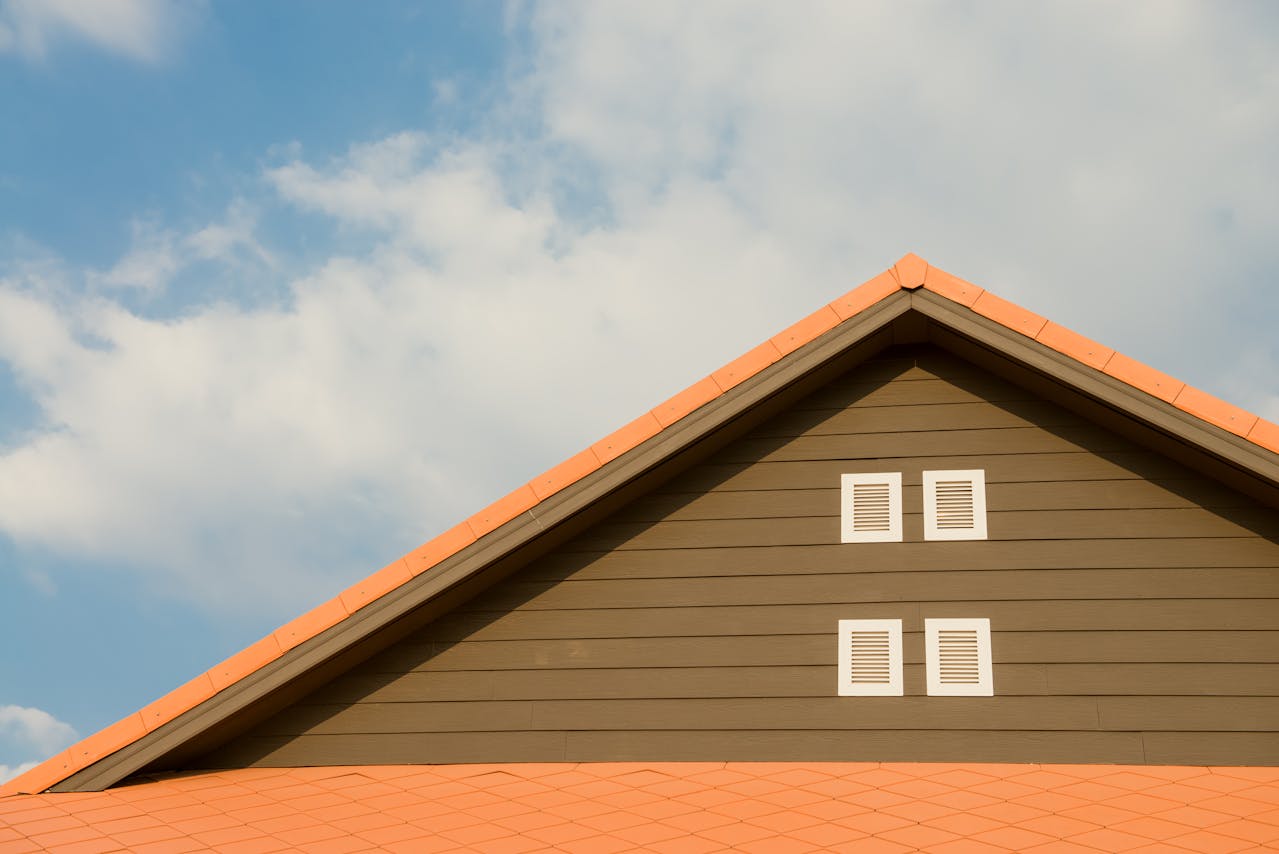
Photo by Tirachard Kumtanom from Pexels
Understanding Roof Damage
Roof damage can occur due to several factors, including severe weather conditions, poor installation, and lack of maintenance. Heavy rainfall, strong winds, and hail can wear down roofing materials, leading to leaks and other structural issues.
Aging roofs may develop cracks, allowing water to infiltrate the home’s interior. Homeowners must recognize the initial signs of roof damage, such as missing shingles, sagging areas, or discoloration, to prevent more extensive issues down the line.
Performing regular inspections of your roof can help catch these problems early, saving you time and money in repairs. Working with expert roofing companies, such as the ones you can find on this site, can guide timely interventions that could mitigate future risks. Keeping track of your roof’s maintenance history can provide valuable insights when dealing with potential damage.
Identifying Indoor Water Damage
One of the most common hidden issues resulting from roof damage is indoor water damage. When water seeps through the roof, it can lead to unsightly stains on ceilings and walls, mold growth, and even compromised structural integrity.
If left unaddressed, prolonged exposure to moisture can result in significant repair costs and threaten the health of the household. Mold spores thrive in damp environments, potentially causing respiratory problems for you and your family.
Homeowners should be vigilant about monitoring basements, attics, and walls for any signs of water intrusion. Dark spots or peeling paint are red flags that indicate water damage may be present. Repairing leaks and addressing water damage promptly can often prevent further deterioration.
The Impact of Mold Growth
Continuing from indoor water damage, mold growth poses serious health risks and can be challenging to eradicate. Mold thrives in damp, dark areas, often hidden from view. Black mold, in particular, can be harmful and has been linked to various health issues, including allergies and respiratory conditions. Homeowners must address any signs of mold early, as it spreads quickly if moisture is present.
The costs associated with mold remediation can escalate rapidly, so acting promptly is advised for those aware of leaks or water infiltration. Monitoring humidity levels in your home can help prevent mold growth, while strategic ventilation can aid in drying out any damp areas. Use air purifiers and dehumidifiers to create an unwelcoming environment for mold.
Cracked or Damaged Walls
Roof damage can lead to cracks in walls, particularly if water intrusion has weakened the structure over time. These cracks can be structural warnings, indicating larger problems that may need addressing.
Homeowners should be attentive to new cracks forming, particularly those that shift or grow over time. Walls should feel solid and stable; any signs of separation could indicate issues needing immediate attention.
Repairing these cracks is essential for avoiding more significant structural risks that could result in major repair costs down the line. When addressing wall damage, homeowners must investigate and resolve the root cause, ensuring moisture intrusion is managed effectively.
In some cases, professionals may need to conduct a comprehensive inspection to evaluate how deep the problem lies and what repairs are necessary.
Listening for Unusual Sounds
Another often-overlooked aspect of roof damage is the sounds it can generate within your home. If the roof is compromised or the framework is sagging, creaking or popping sounds may be evident.
\These noises can signal movement in the structure, potentially indicating that water or pests are compromising the integrity of your roof. Being mindful of these sounds could lead to the early detection of significant issues before they escalate into major concerns.
It’s wise for homeowners to take note of when these sounds occur and their nature to articulate concerns effectively to roofing professionals. Conducting regular maintenance will help prevent the development of such sounds over time, leading to a quieter and more comfortable living environment.
Health Risks from Poor Air Quality
Inadequate maintenance following roof damage can lead to poor indoor air quality, impacting residents’ well-being. Water damage contributes to the proliferation of allergens and irritants that circulate within the home’s air.
This is particularly concerning for families with children, the elderly, or those with existing respiratory conditions. Improving air quality involves addressing underlying moisture issues, ensuring proper ventilation, and maintaining a clean environment free of dust and mildew.
Regular filtration system replacements and strategic layout adjustments can enhance the air circulation needed to support good health. Committing to these adjustments will create a healthier indoor living space for you and your family, mitigating health risks that arise from prolonged exposure to potential contaminants.
Final Thoughts
Being vigilant and proactive in maintaining your roof can prevent many of these issues and ensure a safe, comfortable living environment. Engaging with professionals for regular inspections, addressing issues swiftly, and prioritizing maintenance are all crucial in protecting your home from the hidden dangers that roof damage can create.
